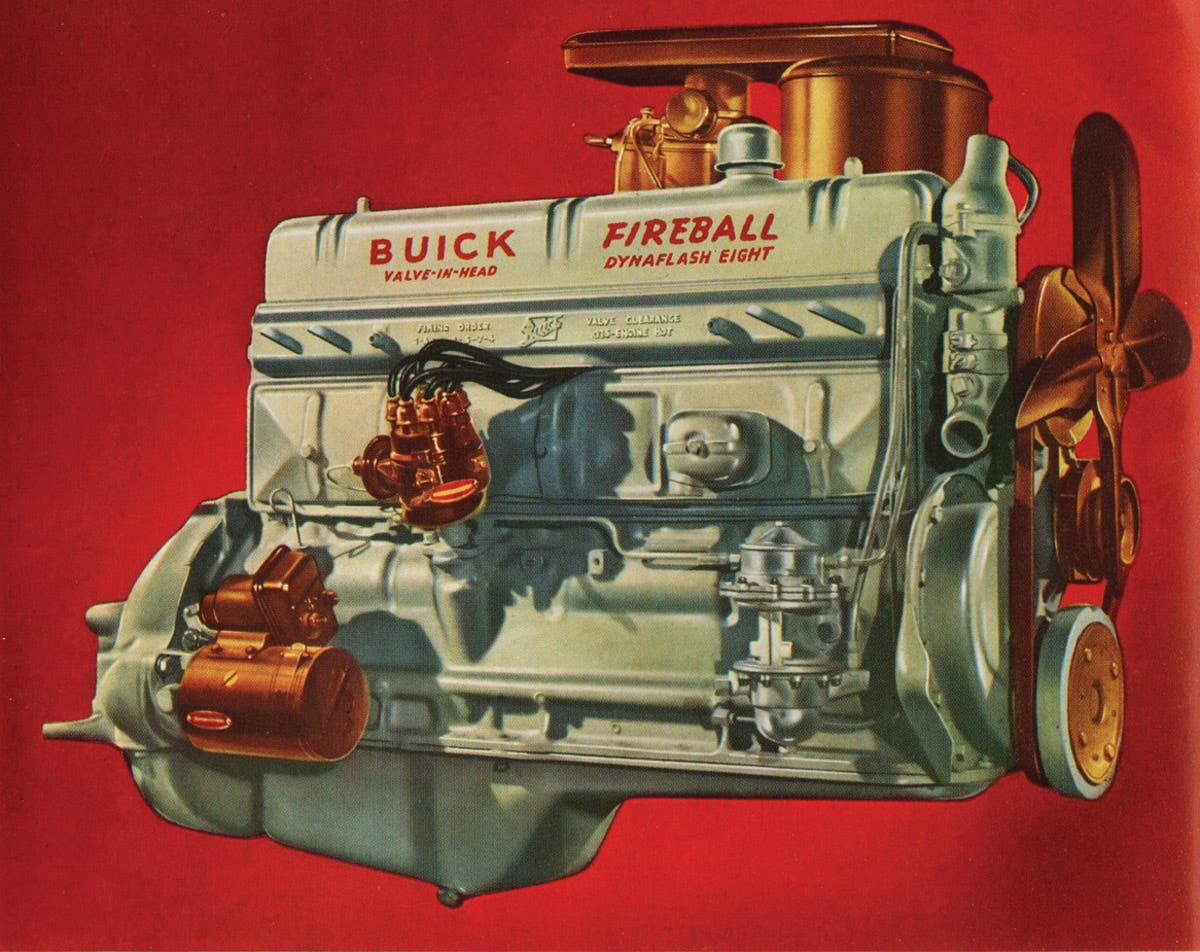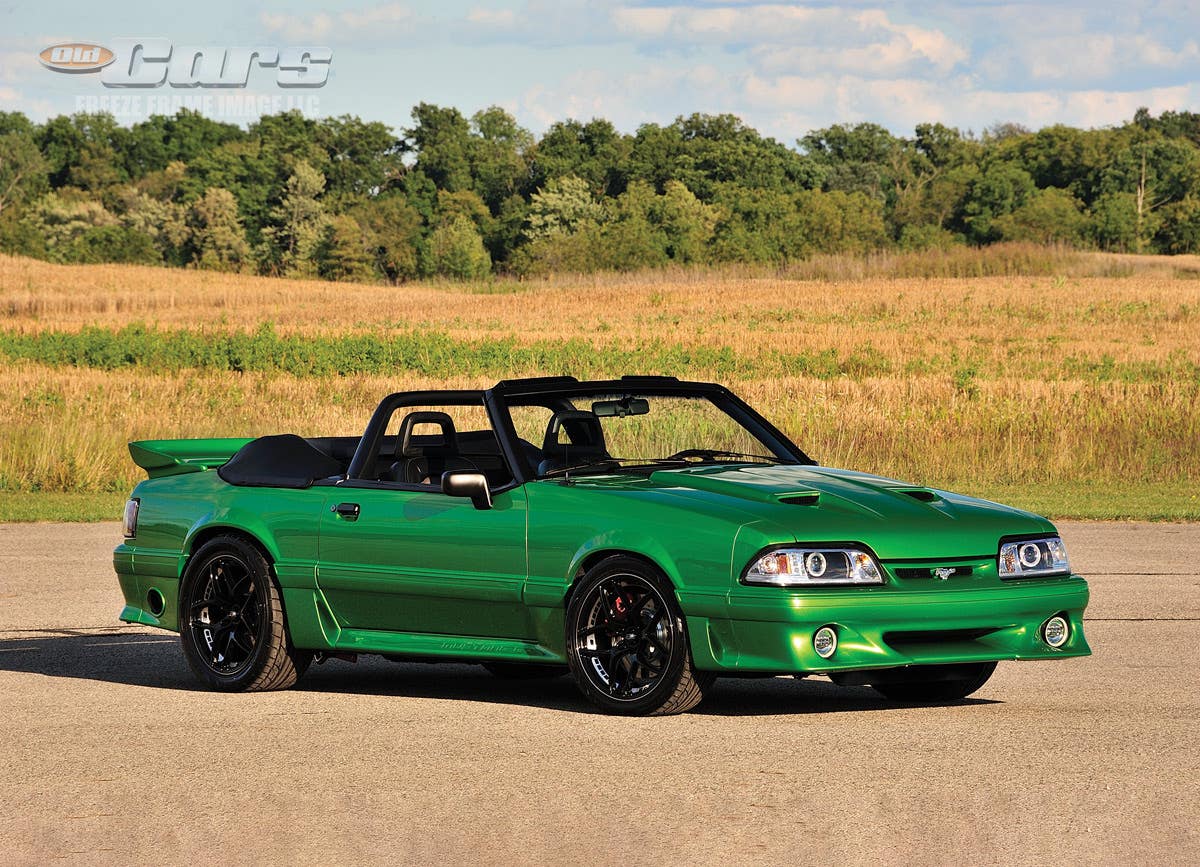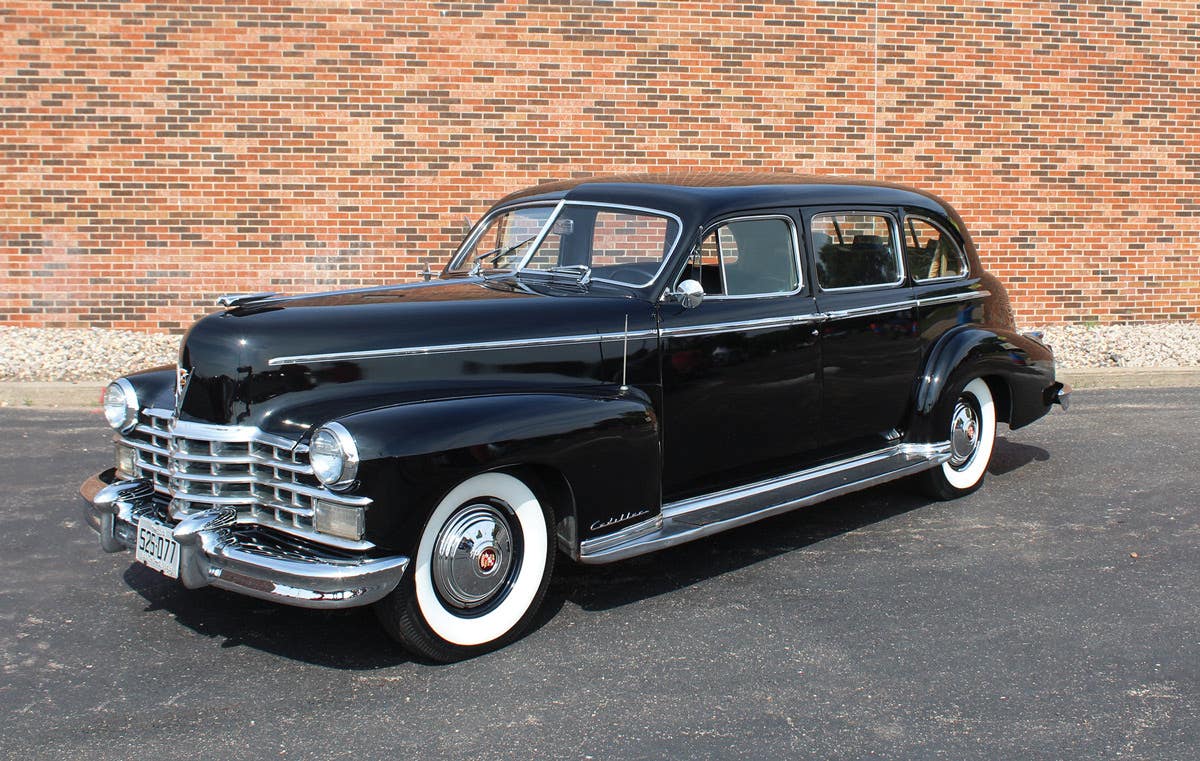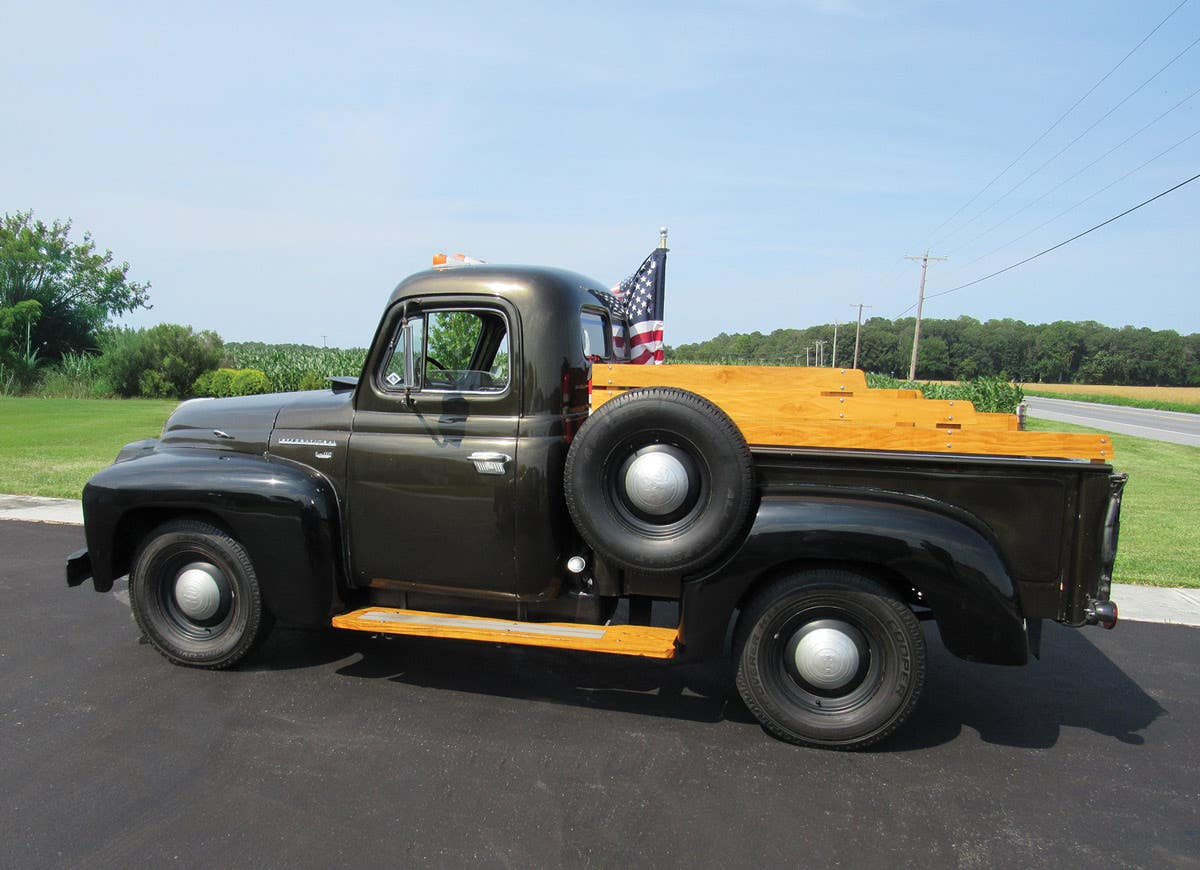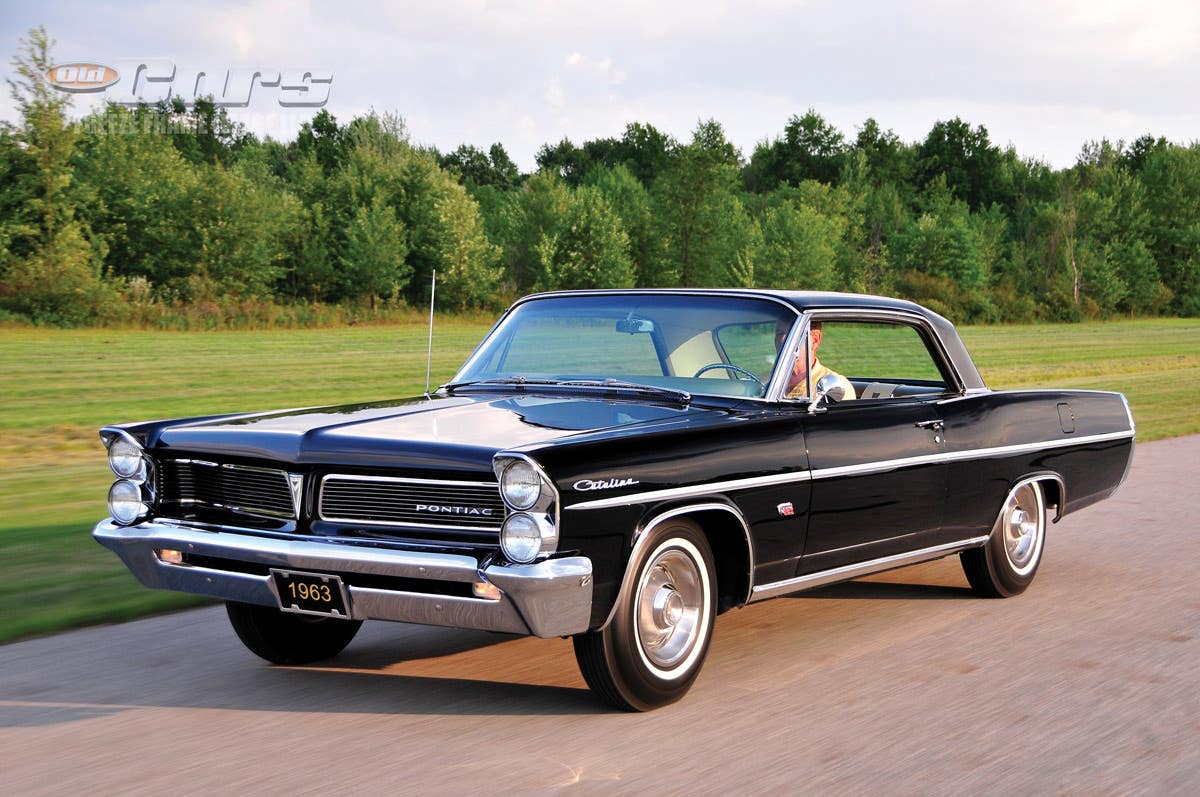Daredevil Blackstone Dared to be Dramatic
Al “Daredevil” Blackstone tested the limits of man and machine.
Before Al “Daredevil” Blackstone began his man-and-machine
endurance runs in the late 1920s, and while he was performing
aerial acrobatics, he could be seen behind the wheel of his
stylish 1927 Essex speedabout.
Al “Daredevil” Blackstone had that zest for life that few others taste. Born soon after the turn of the century in Minnesota’s Twin Cities, Blackstone had boundless energy.
In the early 1920s, he earned his first paychecks as a barnstorming pilot’s wingwalker and parachute-jumper. He worked for the St. Paul Dispatch Flying Circus in 1923 and teamed with another daredevil aerialist, Charles “Speed” Holman, to take over operation of the flying circus in 1924, billing it either as the Blackstone-Holman Flying Circus or the Holman-Blackstone Flying Circus, depending on which one paid the printer for the handbills.
Holman moved on to take a job with Northwest Airways in 1926, but Blackstone continued with the circus, walking wings and jumping for other local Minneapolis pilots.
As if the aerial stunts weren’t enough, Blackstone began another strange occupation. He would drive a new-model automobile for a local dealership on marathon publicity runs lasting several days. His first such event occurred in September 1928 in St. Cloud, Minn. In St. Cloud, Blackstone talked the officers of the Barros Auto Co., a Chrysler and Plymouth dealer, into paying him to drive a new Plymouth Model Q four-door sedan for 100 hours as a stunt to publicize the new 1929 model.
Blackstone had his plan down pat. Once approved for the deal, he commenced to contact local merchants, solicited advertising and had their ads professionally painted on the sides of the car. Then, to add a twist following his marathon drive, he gained further publicity and good will by going to bed in plain view of the public in a downtown store window. Not to let go of a good thing, additional advertising was placed alongside his bed inside the store. This brings up some interesting questions about his privacy, but there he was, for all to see, even down to his suit coat hanging on a rack in the makeshift “bedroom.”
This 1929 Plymouth sedan was driven by Blackstone on a 100-hour
endurance run in St. Cloud, Minn.
This stunt worked out well, so Blackstone immediately cast around for a further activity, and in October 1928, signed with the Minneapolis Willys-Knight and Whippet dealer to drive a new Whippet Four sedan on a similar nonstop run lasting 150 hours through the streets of downtown Minneapolis. Whether the run was broken by the occasional “pit stops” is uncertain, but at the end of the stunt, Blackstone again sacked out on a bed in the storefront window of a dealership on Hennepin Avenue — Minneapolis’ busiest downtown street. That he “crashed” from sleep deprivation is obvious from his Thermos bottle and shaving kit lying askew on the desk in this “bedroom.” From the peaceful look on his face, Blackstone received a deserved rest.
The next endurance event occurred in Shenandoah, Iowa, where Blackstone climbed aboard a 1928 Essex sedan emblazoned once more with ample advertising and publicity to embark on another one of his signature 100-hour runs. To enhance the stunt, the local sheriff handcuffed him to the steering wheel. Presumably, this event ended with Blackstone sleeping in public.
This 1929 Whippet Four was driven non-stop around downtown
Minneapolis in October 1928.
The last long-distance event Blackstone recorded in his scrapbook took place in Pittsburgh, Kan. It was a Herculean endurance marathon in October 1930. His car of choice this time was a tiny American Austin. He took periodic relief, driving only 45 minutes of each hour and taking the last quarter-hour to refresh himself, eat or snooze.
Once again, the stunt ended with Blackstone sleeping off his “highway hangover” in the window of a department store in the city’s downtown. It is possible the endurance event would have run longer, as a sign on a similar car to the vehicle used in the endurance is pictured next to where Blackstone slept, reads, “Blackstone Quits ... after 45 days and nights 1088 hours.”
In his marathon ordeals, Blackstone was mirroring what was happening in aviation during that time. Epic long-distance refueled and un-refueled aerial flights were occurring almost daily, and the papers were filled with such record-breaking events.
Blackstone’s self-promoted image was enhanced during his marathon days by his use of a flamboyant Essex speedster as his daily driver, his name “‘Daredevil’ Blackstone and his Essex” painted on the spare wheel cover. He eventually returned to the aviation field, operating an airport business at Tulsa, Okla., and later at Shenandoah, Iowa. During World War II, he served in the Merchant Marine. Little is known about his life following the war.
Old Cars Weekly reader Noel Allard is the author of “Minnesota Aviation History 1857-1945.”
CLICK HERE to tell us what you think in the Old Cars Weekly forums



